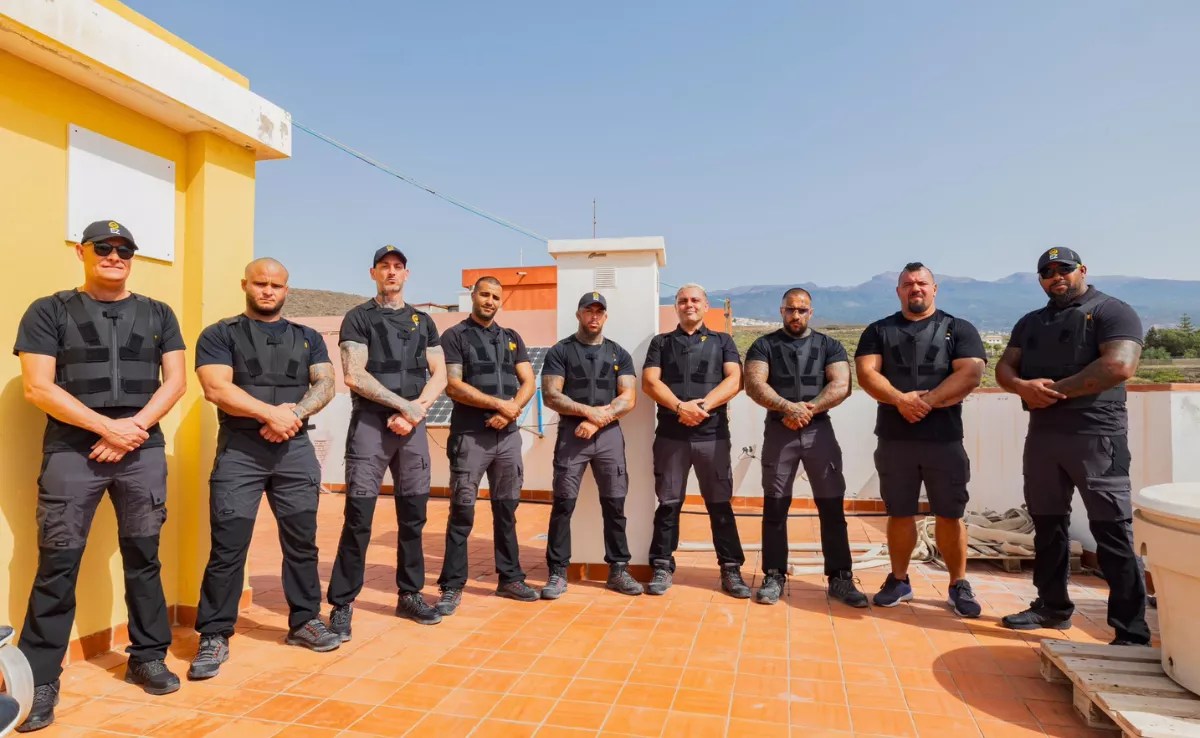One of those prosecuted in the ‘Mediator case‘ has acknowledged before the investigating judge that issued false invoices so that four of the businessmen involved in the plot could justify their payments to the intermediary Marco Antonio Navarro Tacoronte and has delivered a USB memory with new evidence.
In a car to which EFE has had access, the Investigating Judge number 4 of Santa Cruz de Tenerife explains that, in his statement last Wednesday the 17th, Miguel Ángel Robayna García “confirmed suspicions” that the Police and the Civil Guard about what the invoices that his company, Hispano Robisa, issued at the time to the businessmen Alberto Montesdeoca, José Suárez, Estan Banus and Inmaculada Roca, all of whom were charged in the case, corresponded to.
Robayna García declared before Judge María de los Ángeles Lorenzo that There is evidence that some of those investigated gave financial amounts in order for their businesses to have favorable treatment.something for which they hoped to have the participation of other members of this plot, in charge of which the Police places the former deputy of the PSOE Juan Bernardo Fuentes Curbelo and the retired general Francisco Espinosa Navas.
The judge explains in the order that, in order to prevent the true destination of these payments from being revealed, Navarro Tacoronte, the ‘Mediator’ who gives name to the case, idevised a “criminal plan” that sought to erase the trail of money given by businessmena task in which this defendant, Robayna García, participated, who corroborated in his statement that he issued false invoices.
New information about the case
Robayna García not only blamed herself in that documentary falsehood -with derivations in the form of crimes against the Public Treasury and Social Security, as well as against the Administration and fraud, the instructor highlights-, but voluntarily handed over a ‘pendrive’ (a memory) with new information about the case.
In that device, he said, there was “incidental material of interest” about his participation in the plot, as well as “the relationships he maintained with others involved” in the events investigated.
Although Robayna García expressly gave her consent to extract the content of that report, the judge issues this order to give greater coverage and guarantee to the information in this process, following the recommendation of the Prosecutor’s Office, which advised limiting the intervention only to documents related to the period under review.
In this way, the Prosecutor argued, “any excess in terms of temporal delimitation and the need to purge information that could be sensitive, because it is related to the object of the process and therefore should not be incorporated,” would be avoided.
The magistrate recalls in the order that, from the investigation carried out by the Technological Crimes Unit of the Police, There are “clear indications” that they could be related to the falsification of these invoices.
The judge considers it appropriate to authorize the opening of that USB memory with a capacity of 64 gigabytes “given the seriousness and continuity of the crimes” investigated and to intervene in the documents and conversations it contains to avoid “zones of impunity in the most serious forms of crime.”
The instructor believes that with the evidence provided by this defendant “you can know the identities, movements of those investigated or purposes or interests, know the existence of other possible participants and carry out extensions of the investigation”.
“In the present case, it is difficult to adapt any other measure other than the judicial intervention of the ‘pendrive’ provided by the investigated person in order to achieve the intended purposes,” he adds, before ordering the Technological Crimes Brigade of the National Police to extract and analyze from that device all the information related to the period under investigation.
















